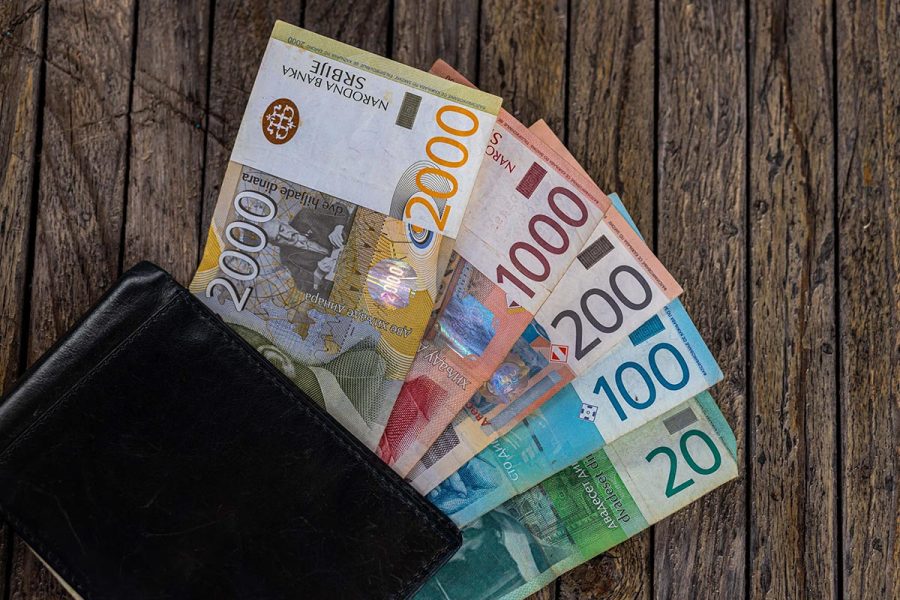The National Bank of Serbia (NBS) has announced the celebration of a significant milestone in the country’s economic history – the 150th anniversary of the Serbian dinar as its national currency.
To commemorate this occasion, the NBS will host an exhibition titled “150 Years of the Serbian Dinar” on December 21st, aimed at highlighting key moments in its long journey.
Governor Jorgovanka Tabaković, who has been at the helm of the NBS since 2012, expressed pride in the dinar’s role in recent decades. “Celebrating this jubilee, I proudly point out the resilience of our currency. Today, the dinar symbolizes Serbia’s monetary and overall economic stability, attracting a growing number of investors worldwide. Since my appointment, the stability of the dinar has been non-negotiable, aligning with the interests of all economic players – citizens, businesses, importers, exporters, investors, savers, and borrowers, but above all, our nation,” she stated.

The journey of the Serbian dinar began on 12th December 1873, when it was officially introduced as the currency of the Principality of Serbia, following the enactment of the Law on the Minting of Serbian Silver Coin.
This anniversary not only marks a significant historical achievement but also serves as a testament to the persistence and resilience of the Serbian economy. Over 150 years, the dinar has witnessed Serbia’s transformation from a principality to a kingdom, the tumultuous times of the Yugoslav state, and its current status as the modern Republic of Serbia. Throughout these changes, the dinar has remained a constant symbol of national progress, identity, and heritage. The currency features images of historical figures, landmarks, and cultural symbols, reflecting Serbia’s rich history and cultural heritage.
The exhibition will display various coinage and paper money, including those from the Kingdom of Serbia, the privileged National Bank of the Kingdom of Serbia, dinar-krona notes from the early Yugoslav period, and banknotes designed by renowned artists of that era.
Visitors will also have the opportunity to revisit the currencies preceding those of socialist Yugoslavia, those issued during World War II, the notes of the 1960s and 1970s featuring prominent monuments, and the numerous issues during the hyperinflation period of Yugoslavia’s dissolution.
In addition to the current currency of the Republic of Serbia, the exhibition will showcase commemorative coins, ranging from their inception in 1968 to the latest editions featuring Nikola Tesla.